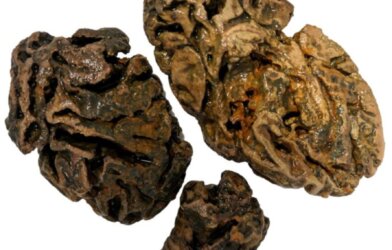Just as an ADHD diagnosis in adults has a biological basis, researchers are discovering that uncovering biomarkers may help with both diagnosing and treating the condition. Attention deficit hyperactive disorder can have serious consequences that affect a person’s inclination toward inattention and impulsivity that can prove harmful to the individual.
Neuroscientists from Switzerland developed a new electroencephalographic approach called microstates to pursue uncovering ADHD’s neurological signatures. The study was sponsored by Synapsy, ”a research centre that has combined psychiatry and the neurosciences over the past twelve years to understand the neural basis of different psychological disorders in the hope of creating better means for diagnosing and treating them,” according to their website.
This revolutionary approach examined the combined spatial and temporal aspects of cerebral activity. The microstates technique helped researchers uncover that certain cerebral activity that is associated with sleep and attention had a longer duration among individuals with ADHD. Concrete evidence of an ADHD biomarker gives aid to psychiatriry’s increasingly precise medical discipline.
The current diagnosis process for ADHD is essentially a questionnaire composed of questions regarding impulsivity and inattention symptoms. However, neuroscientists suspect that ADHD has both genetic and biological markers that could lead to a more precise diagnosis.
Non-invasive procedures such as brain scans or electroencephalograms (EEG) are used to study the brain and its activities. A network of electrode sensors are placed on the participant’s scalp to gauge the electrical fields generated by large-scale neural networks. Recent studies have revealed abnormal EEG activity among individuals with ADHD. This suggests abnormal cerebral development may be the cause of ADHD. However, the data derived from various studies appears far too inconsistent, making them unreliable markers for ADHD.
Brain activity fluctuates based on its movement to various states, which convey various spatial configurations on the EEG’s electrical field. Neuroscientists identify these five ‘micro’ states lettered A to E. The term ‘microstate’ derives from the fact that these states remain stable for one hundred milliseconds and then shift to the next.
Upon examining patients’ EEGs, researchers found that microstate A was shorter in individuals with an ADHD diagnosis. “By comparing this observation with the data from clinical questionnaires, we observed that this state is inversely correlated to symptoms of inattention,” said Victor Férat, researcher at the Functional Brain Mapping Laboratory and first author of the study.
Researchers also observed a prolonged duration in microstate D among patients with ADHD. Microstate D is associated with increased sleep disturbance. Sleep disturbance is one of the commonly reported symptoms of ADHD. “Microstate D thus appears to be a replicable brain biomarker for ADHD. Moreover, it seems to be associated with sleep disorder in this population, a key aspect of ADHD,”, according to the study.
The results are published in the journal Biological Psychiatry: Cognitive Neuroscience and Neuroimaging.








-392x250.jpg)




Comments